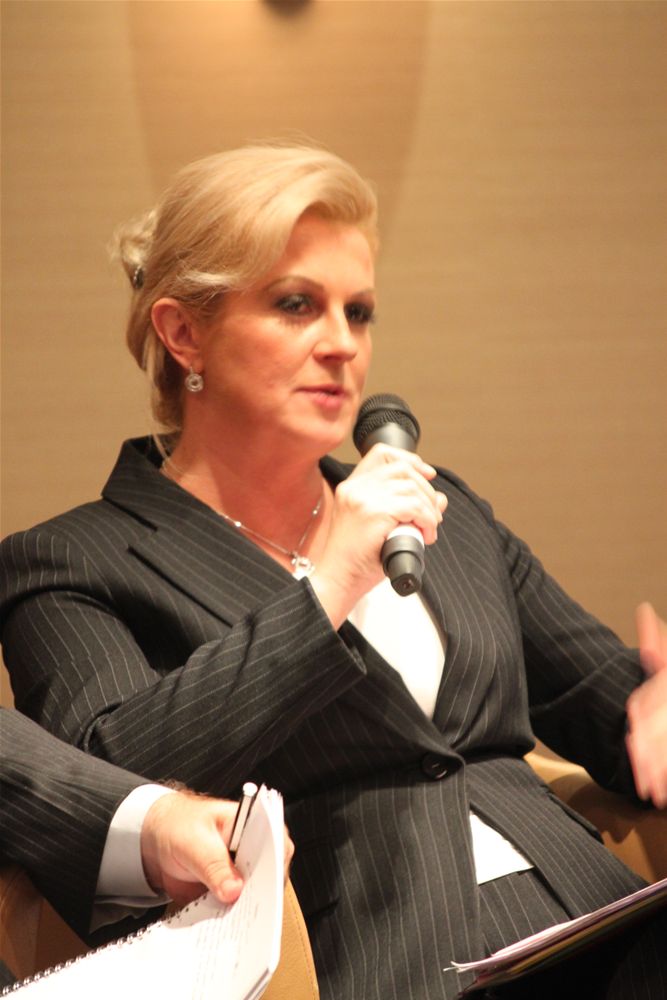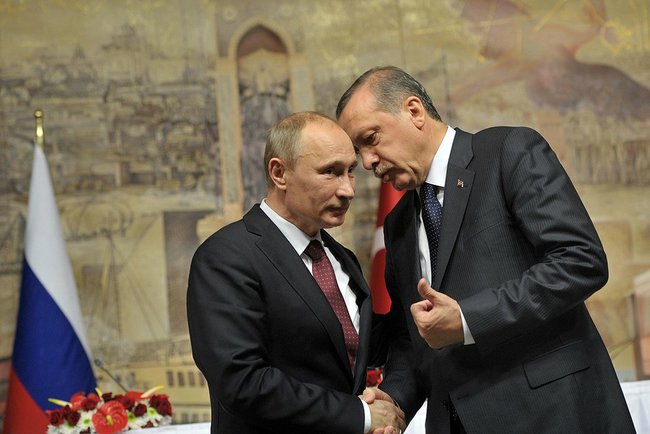On June 6, 2016, India’s Prime Minister Narendra Modi began his three-day visit to the United States and attempted to win diplomatic backing for his country’s application to join the Nuclear Suppliers Group (NSG). President Obama came out in support of Indian membership, which led other nations including Mexico and Switzerland to suggest they, too, would give support. The meetings were aimed at preparing for an annual NSG meeting in Seoul later this month. New Delhi is now one step closer to its long-held dream of joining an elite group of nations, yet China remains a strong opponent and a serious challenge to its admission.
The 48 nation Nuclear Suppliers Group aims to prevent the proliferation of nuclear weapons by restricting the sale of items that can be used to make those arms. It aims to ensure that civilian trade in nuclear materials is not diverted for military uses, and was set up in response to India’s first nuclear test in 1974. The 48 members of the NSG include five nuclear weapon states: US, UK, France, China, and Russia. There are four multilateral nonproliferation export control regimes, and India has in recent decades gone from being a non-aligned outsider to a rising nuclear-weapons power. Nonetheless, the NSG is a closed club that makes decisions only by popular consensus, thus making it crucial for the Indian government to lobby for its case.
The main sticking point is the fact that India has not signed the Non-Proliferation Treaty (NPT), a requirement for every member. India refuses to sign the 1968 NPT, arguing that it is discriminatory since it defines nuclear weapon states as those that tested nuclear devices before January 1967. The NPT reserved the right to nuclear weapons in perpetuity for the five nuclear weapons states, while extracting a promise from all others to abstain. Former external affairs minister of India, Jaswant Singh, summarized India’s objection to the Treaty in his 1998 Foreign Affairs article, “Against Nuclear Apartheid.” A non-NPT state seeking NSG membership would have to demonstrate a good track record of non-proliferation and support international efforts towards the reduction and elimination of fissile material inventories.
NSG membership means access to technology for a range of uses, from medicine to building nuclear power plants. Gaining entry is expected to help India expand its atomic energy sector, allowing trade and exchange of nuclear technologies among members of the group. India’s position would be strengthened as a “good citizen” on nuclear proliferation-related aspects. Analysts say joining the NSG is chiefly a matter of pride and desire to be taken seriously by some of the world’s most powerful nations. Since prompting international technology sanctions by conducting nuclear tests in 1998, India has been eager to gain legitimacy as a nuclear power.
US Secretary of State John Kerry wrote to members asking them “not to block consensus on Indian admission to the NSG” in a letter seen by Reuters. Most of the hold-outs argue that if India is to be admitted, it should be under criteria that apply equally to all states rather than under a “tailor-made” solution for a U.S. ally. Since 1992, the NSG has required that any non-nuclear weapons state wishing to purchase items on the group’s trigger list, be a party to a full-scope safeguards agreement with the IAEA. The United States has advocated that India be made an exception to this rule.
“I indicated support to India being a part of NSG,” the US President said. Obama underlined that India needs technology, which is critical for its progress and prosperity. Modi later said, “I am thankful for the help and support that my friend President Obama has extended with regard to membership in MTCR (Missile Technology Control Regime) and NSG.” For years, the United States has sought to bend the rules for India’s nuclear program to maintain India’s cooperation on trade and to counter China’s growing influence. In 2008, President George W. Bush signed a civilian nuclear deal with India that allowed it to trade in nuclear materials. This was Modi’s seventh meeting with President Obama since he took office in 2014, setting new records for both governments in respect to meeting a head of government from a country that is not a formal ally.
China is leading opposition to India’s membership, along with New Zealand, Ireland, Norway, Turkey, South Africa, and Austria. China has maintained its position that the Non-Proliferation Treaty is central to the NSG, and insists on a uniform set of principles for membership. Though China’s non-proliferation record is tainted with allegations that it has helped Pakistan on the sly, and its 2004 application for membership to the MTCR was denied on suspicion that some Chinese companies were secretly supplying missile technology to North Korea. The Obama-Modi meetings also came amidst rising tensions between China and the US in disputes over the South China Sea. Some experts see the US using India to contain or manage China’s rise, so that American primacy in the Asia-Pacific region is not eclipsed.
Others worry this will encourage India’s rival, Pakistan, to keep expanding its nuclear weapons program, which is already the fastest growing in the world. Pakistan has responded to India’s membership bid with one of its own. Even with China’s backing, though, it would be unlikely given Pakistan’s track record as the father of its nuclear weapons programme sold nuclear secrets to countries including North Korea and Iran. Should India get membership to the NSG, it can block Pakistan from entry.
While the US is a strong ally for India and will provide pull for other countries to jump on board, China has shown no signs of letting down its opposition. As a consensus based group, there is no getting around this fact, and so it looks as if India will continue its long wait.
Photo: Indian PM Narendra Modi and US President Barack Obama (2015), from the official account of Narendra Modi via Flickr. Licensed under CC BY-SA 2.0.
Disclaimer: Any views or opinions expressed in articles are solely those of the authors and do not necessarily represent the views of the NATO Association of Canada.




